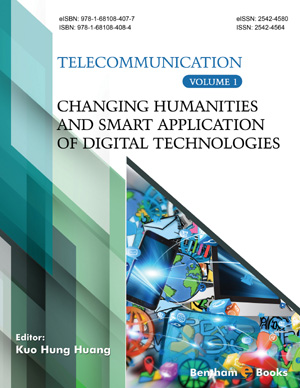Abstract
Since architecture has a fundamental place in many aspects of life rather
than just the construction of buildings, it necessitates an interdisciplinary view to
comprehend its influences and consequences fully. After the design and construction
process of the buildings is completed, they lead a different life in everyday life.
Therefore, the literature contains essential potential about the adventures of architecture
in daily life. It witnesses the neglected life of the discipline of architecture, which is
confined to certain areas. On the other hand, science fiction literature expands these
boundaries to timeless areas due to its themes based on the imagination of the future.
One of the masterpieces of science fiction literature, Philip K. Dick's novel “Do
Androids Dream of Electric Sheep?” is an important work that should be consulted, as
it gives architects a chance to examine today's world from the perspective of the past
and the future, both in terms of being far ahead of its time and in terms of space
imaginations. The article aims to ask what kind of parallels the spaces in the novel have
with the social life of the characters and what the dystopian relationship with
technology will transform architecture into. In this context, it seems that spaces have
lost their importance in line with the relationship that the characters have established
with technology. In the novel, where life is made bearable only by several
technological possibilities, we come across the vision of a dystopian planet in which its
ties with Earth are irrevocably severed. Architecture, which cannot go beyond the
collage of the past on such a planet, appears as a faint shadow in the pleasing world of
technology. As a result, the architectural setup plays a vital role in increasing
authenticity as well as event and character setups in science fiction literature. It is seen
that the one-sided relationship with technology reduces architecture to a simple décor
of a history of an emulated past. This ascribed role undoubtedly embodies implications
for the present and the future. What kind of problems will be caused by looking at
architecture from the perspective of the imposition of a limited present constitutes the
most dominant architectural potential of the novel.








